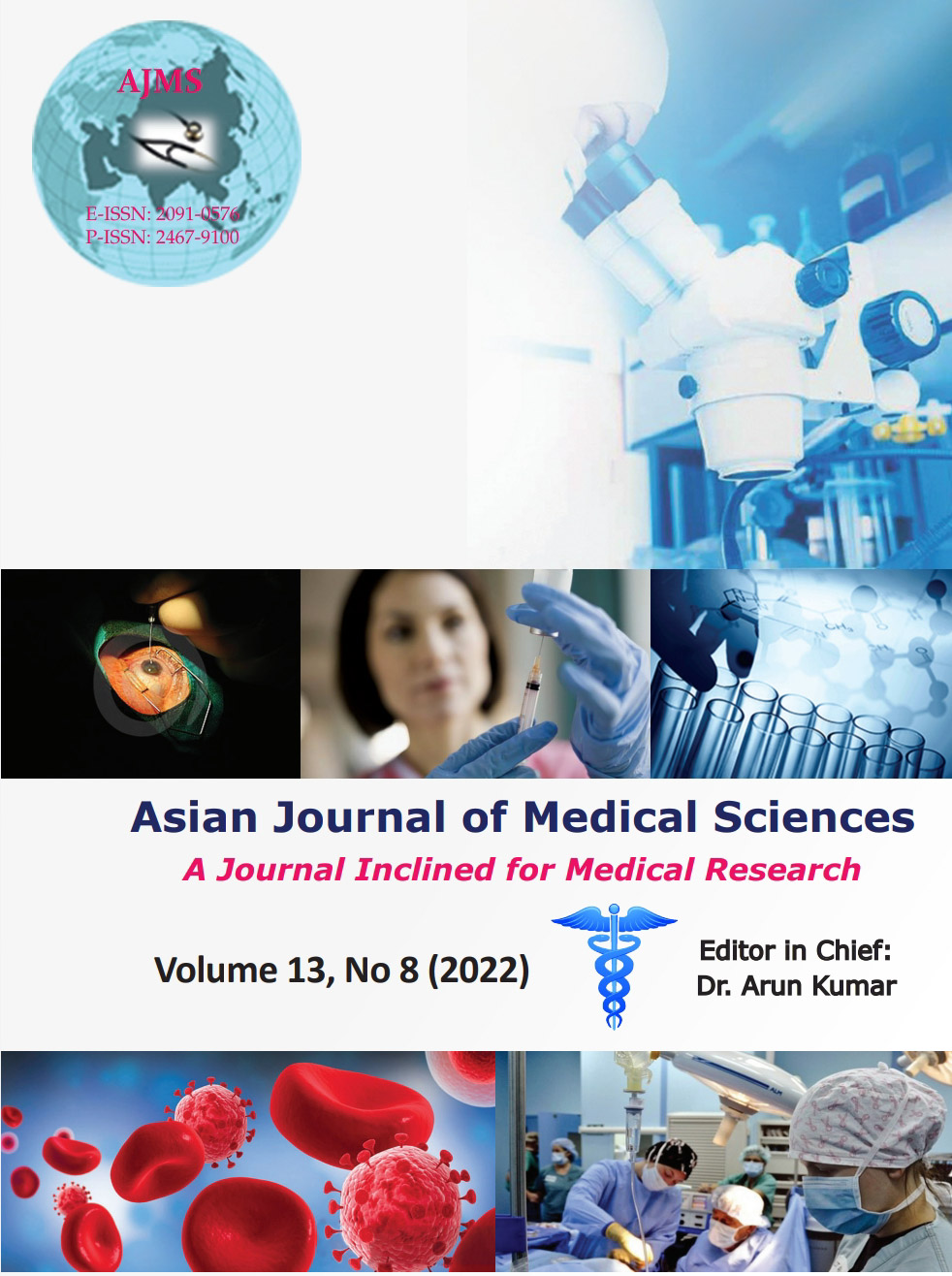Cytomorphological features of salivary gland lesions based on the Milan system of reporting in a tertiary care center
Keywords:
Fine-needle aspiration cytology; Milan system; Salivary glandAbstract
Background: Fine-needle aspiration cytology (FNAC) of the salivary glands is a well-established technique that aids in pre-operative identification of abnormalities and to distinguish between neoplastic and non-neoplastic salivary gland lesions. Milan system for reporting of salivary gland cytology uses a standardized tiered system for categorization of salivary gland lesions.
Aims and Objectives: The present research was aimed to study the prevalence of various salivary gland lesions cytologically and classify them based on the Milan system.
Materials and Methods: The current retrospective descriptive study was done in the Department of Pathology, Shyam Shah Medical College, Rewa, M.P. A total of 57 FNAC slides were retrieved, re-examined, and re-classified according to the Milan system.
Results: In the present study, a total of 57 cases of salivary gland lesions were included and categorized under the Milan system of salivary gland cytology. 5.3% of the smears in our study were non-diagnostic (Category I). The most common category was IVa comprising benign neoplastic lesions with 36.8%. Non-neoplastic lesions (Category II) were seen in 24.6% cases, whereas 14% of the lesions belonged to category IVb (suspicious for malignancy). Malignant lesions (Category VI) comprised 8.8% of all the cases.
Conclusion: The most common and least common category of salivary gland lesion was Category IVa and Category IVb, respectively. The adoption of Milan classification system for reporting salivary gland FNAC is a critical step in categorizing these lesions for risk stratification and enhancing the communication among clinicians and pathologists, the ultimate result being improved patient care and management.
Downloads
Downloads
Published
How to Cite
Issue
Section
License
Copyright (c) 2022 Asian Journal of Medical Sciences

This work is licensed under a Creative Commons Attribution-NonCommercial 4.0 International License.
Authors who publish with this journal agree to the following terms:
- The journal holds copyright and publishes the work under a Creative Commons CC-BY-NC license that permits use, distribution and reprduction in any medium, provided the original work is properly cited and is not used for commercial purposes. The journal should be recognised as the original publisher of this work.
- Authors are able to enter into separate, additional contractual arrangements for the non-exclusive distribution of the journal's published version of the work (e.g., post it to an institutional repository or publish it in a book), with an acknowledgement of its initial publication in this journal.
- Authors are permitted and encouraged to post their work online (e.g., in institutional repositories or on their website) prior to and during the submission process, as it can lead to productive exchanges, as well as earlier and greater citation of published work (See The Effect of Open Access).




